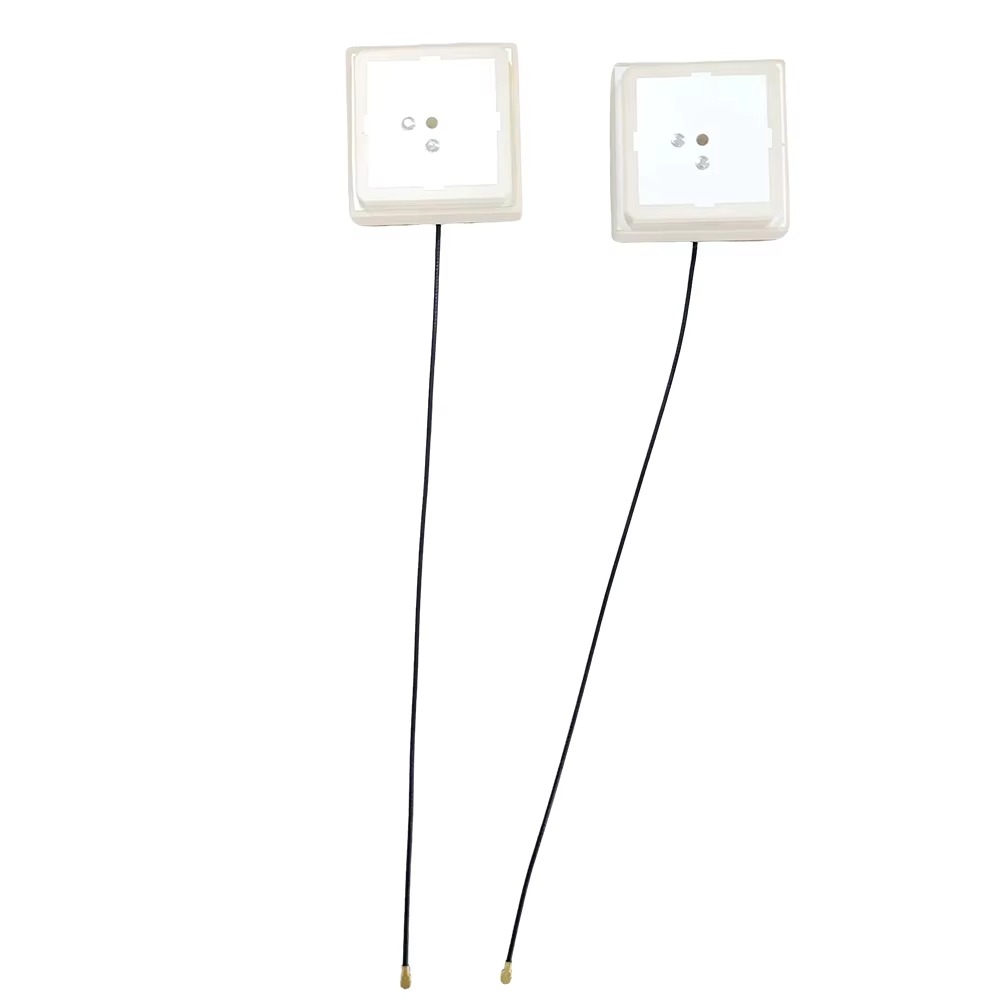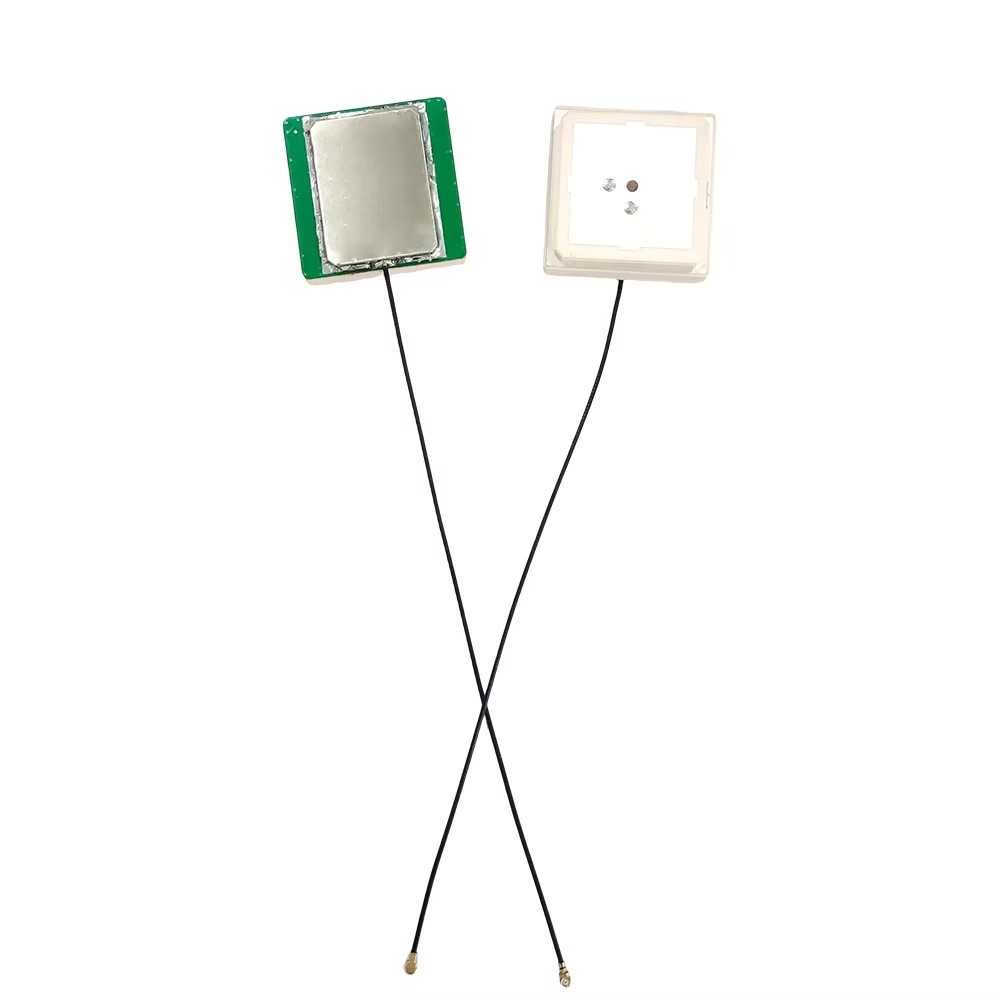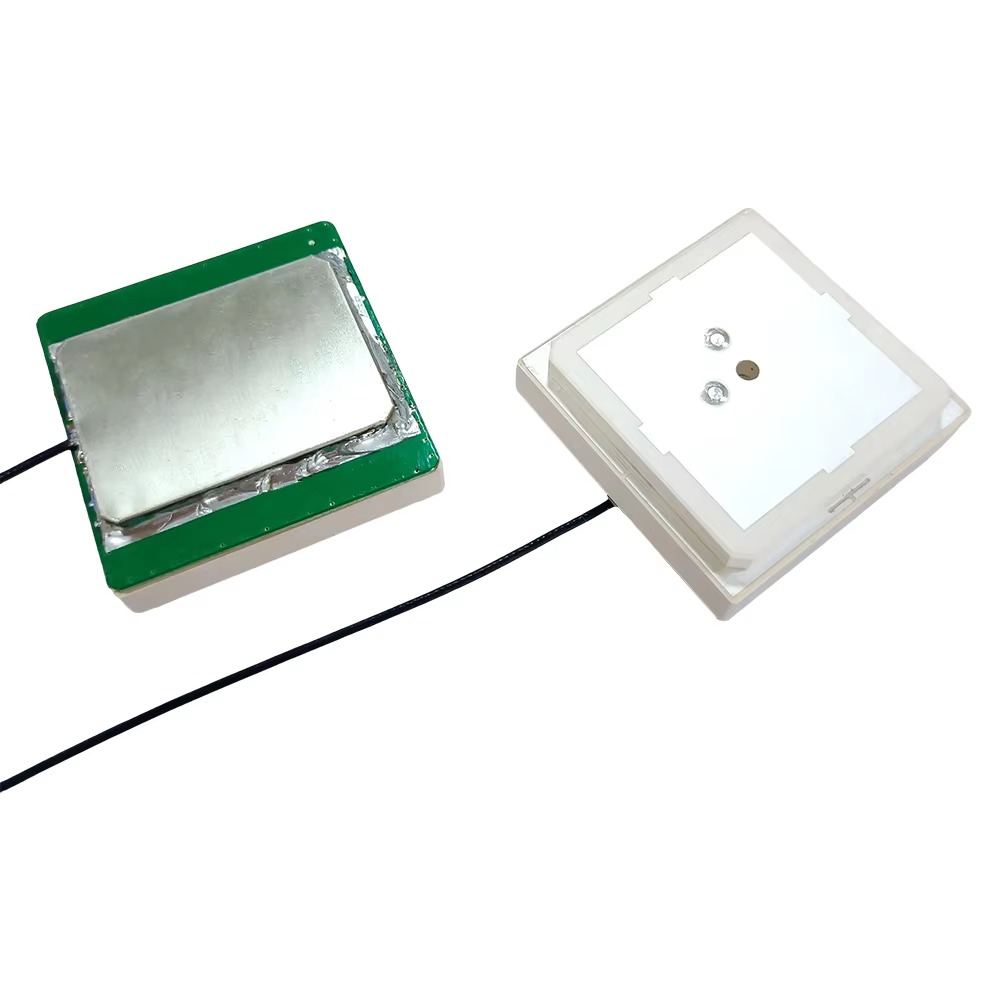The Miniature GPS RTK Ceramic Patch Antenna is a key enabling technology that is unlocking new possibilities and elevating performance across a wide spectrum of industries that require precision on the move. Its unique combination of small size and high accuracy is being leveraged in applications where its advantages directly translate into tangible benefits in autonomy, efficiency, and capability.
Applications
Unmanned Aerial Vehicles (Drones) and Aerial Mapping: This is a premier application. Drones for precision mapping, surveying, and LiDAR scanning require lightweight, high-precision GNSS. The miniature RTK antenna provides the precise positioning and, critically, the precise orientation (for PPK/RTK solutions) needed to create highly accurate 2D orthomosaics and 3D models without the need for numerous ground control points. It is often part of an integrated GNSS/IMU module.
Autonomous Navigation and Robotics: For ground robots, agricultural robots, and autonomous vehicles, the antenna provides the absolute positioning layer.
Agricultural Robots: Used for automated weeding, harvesting, and crop scouting with centimeter accuracy.
Warehouse and Logistics Robots: Provides localization in outdoor yards or when transitioning between facilities.
Autonomous Vehicle Development: Serves as a ground truth reference sensor for testing and developing autonomous systems.
Precision Agriculture: Beyond robots, it is used on compact equipment and for high-resolution field mapping.
Variable Rate Application (VRA) Controllers: Mounted on all-terrain vehicles or small tractors for precise application of inputs.
Handheld and UAV-based Soil Sampling: Allows field scouts to take georeferenced soil samples with high accuracy.
Professional Surveying and GIS: While not replacing large base station antennas, they are ideal for rover equipment.
Handheld RTK Receivers: Provides centimeter accuracy in a portable, lightweight form factor for surveyors and GIS professionals.
Module Integration: Built into compact survey modules that can be attached to poles or vehicles.
Construction and Machine Control (Compact Equipment): Used on smaller machinery like compact excavators, skid-steers, and pavers for grade control and guidance, bringing precision to smaller job sites.
Emerging Consumer Applications: As the technology becomes more accessible, it is trickling into high-end consumer devices.
Advanced Augmented Reality (AR): For AR glasses or devices that require persistent, centimeter-accurate world-locking of digital content.
Precision Personal Mobility: For future applications in navigation for visually impaired individuals or high-end fitness tracking.
Future Trends
Tighter Integration with Inertial Navigation Systems (INS): The future lies in deeply integrated "GNSS/INS" modules. The miniature RTK antenna will be co-packaged with a high-grade IMU into a single, optimized unit. The RTK provides the absolute position anchor, while the IMU provides high-rate velocity and attitude data. The fused solution offers continuous, accurate positioning even during short GNSS outages.
Multi-Constellation, Multi-Frequency (L1/L2/L5) Becomes Standard: Support for all signals from all constellations (GPS, GLONASS, Galileo, BeiDou, QZSS) on L1, L2, and L5 will become the baseline. This will provide even faster convergence times, higher accuracy, and unparalleled reliability through massive signal redundancy.
AI-Enhanced Integration and Diagnostics: Machine learning algorithms will be used to optimize antenna placement within a device during the design phase, simulating its interaction with other components. Furthermore, future systems might include built-in diagnostics to monitor antenna health and detect performance degradation.
Advanced Materials and Meta-Surfaces: Research into new ceramic composites and meta-material surfaces will aim to break the traditional trade-offs. Goals include achieving wider bandwidth from a smaller volume and further improving phase center stability across temperature.
The Rise of PPP-RTK: Precise Point Positioning with RTK corrections aims to deliver global centimeter-level accuracy without the need for a local base station. The stability of the miniature RTK antenna will be critical for receiving and utilizing these corrections effectively, making it a key component in this next-generation correction service.
Miniaturization to Chip Scale: The ultimate trend is the integration of the antenna function directly into the RF front-end package or onto the chip itself (Antenna-in-Package - AiP). While extremely challenging for RTK-grade performance due to phase stability requirements, progress in this area will continue to drive size reduction.
The Miniature GPS RTK Ceramic Patch Antenna is at the forefront of the precision positioning revolution. Its future is one of deeper integration, greater intelligence, and wider adoption, solidifying its role as the fundamental sensor that will enable the full autonomy of machines and the next leap in location-aware technology.
Conclusion
The Miniature GPS RTK Ceramic Patch Antenna stands as a remarkable achievement in electromagnetic engineering, representing a successful convergence of the often-conflicting goals of miniaturization and ultra-high precision. It is a component that has fundamentally expanded the horizons of what is possible, enabling a new generation of compact, agile, and intelligent platforms to navigate the world with centimeter-level certainty. Its development is a testament to the principle that through innovation, physical constraints can be overcome without sacrificing core performance.
Its design philosophy is one of unwavering focus on phase integrity. From the selection of a temperature-stable, high-dielectric ceramic to the implementation of a symmetric stacked-patch architecture with a precision dual feed, every aspect is meticulously optimized to create a stable and reliable phase reference point. This relentless pursuit of phase center stability is what separates it from a standard navigation antenna and allows it to serve as the trustworthy foundation upon which the entire RTK solution is built.
The analysis of its advantages and limitations reveals its true purpose: it is the optimal solution for a specific and growing niche where Size, Weight, and Power (SWaP) are critical constraints, but performance is non-negotiable. Its ability to provide geodetic-grade phase measurements from a package small enough to fit on a drone or robot is its defining triumph. The challenges it presents—narrow bandwidth, integration sensitivity, and cost—are not weaknesses but rather the well-understood parameters of its operation. They are the price of admission for miniaturized precision, a price that developers of advanced systems are increasingly willing to pay.
The antenna's working principle, centered on the sanctity of the carrier phase, highlights its role as more than a receiver but as a precision measurement instrument. It doesn't just capture signals; it provides a consistent ruler against which the subtle phase differences from distant satellites are measured, enabling the mathematical magic of RTK to unfold reliably.
Looking forward, the trajectory of this technology is one of accelerated integration and intelligence. It will become less of a discrete component and more of an integrated subsystem, fused with inertial sensors and advanced algorithms to create robust and continuous navigation solutions. It will be a key enabler of the autonomous revolution, providing the absolute positioning data that will allow machines to perceive and interact with their environment safely and efficiently.
In conclusion, the Miniature GPS RTK Ceramic Patch Antenna is a pivotal technology. It has successfully dismantled the barrier that once existed between high precision and portability. By providing a stable, accurate, and compact window to the satellite constellations, it has become the indispensable enabler of precision in motion, empowering everything from flying mapping systems to autonomous farm equipment and beyond. It is a small component that has made a monumental impact, proving that the most significant advances are often measured in millimeters and centimeters.




































































 Language
Language
 En
En Cn
Cn Korean
Korean

 Home >
Home > 







 18665803017 (Macro)
18665803017 (Macro)













